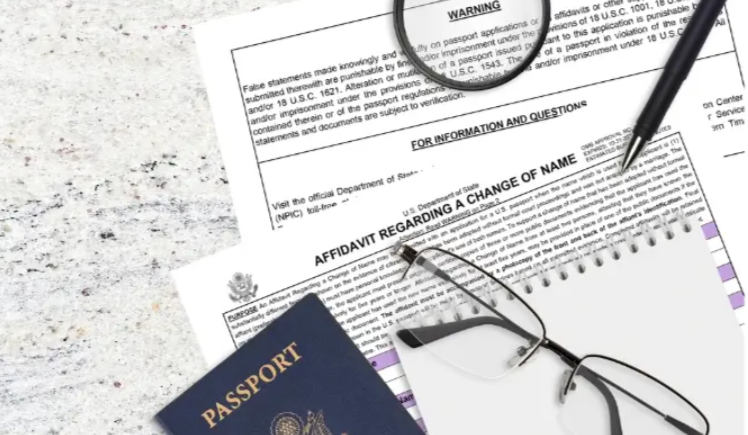How to Change a Child’s Last Name Legally in the U.S.

In the United States, the legal process of changing a child’s last name can be both meaningful and necessary. Whether it’s due to family restructuring, adoption, or a desire for unity within a household, understanding the legal steps involved is essential for parents and guardians. Fortunately, modern resources have made this process more streamlined than ever. For those looking to understand how to legally change a child’s last name, services like GovPlus offer expert guidance that eliminates guesswork and simplifies bureaucracy.
Why Change a Child’s Last Name?
There are several reasons a parent or legal guardian may consider changing a child’s last name, such as:
- Adoption: After a legal adoption, the child’s last name is often changed to reflect the adoptive family’s name.
- Divorce or Remarriage: A parent may wish to have the child carry the surname of the custodial parent or a step-parent.
- Parental Rights Termination: If one parent’s rights are legally terminated, a name change may be part of a broader legal update.
- Cultural or Personal Reasons: In some cases, families wish to align a child’s name with cultural or familial values.
Legal Requirements for Changing a Child’s Last Name
The process to change a child’s last name varies slightly from state to state, but most jurisdictions require the following:
- Petition for Name Change: A parent or legal guardian must file a petition with the family or probate court in the child’s county of residence.
- Consent Requirements:
- If both parents are living and have parental rights, both usually need to provide consent.
- If one parent is absent, the court may require a notice of hearing or documented attempts to contact the other parent.
- If both parents are living and have parental rights, both usually need to provide consent.
- Court Hearing: Most states require a hearing before a judge to determine if the name change serves the best interest of the child.
- Public Notice (in some states): A notice of the proposed name change may be published in a local newspaper.
- Final Order and Updates: Once approved, a court order is issued and must be used to update the child’s legal documents (birth certificate, Social Security, school records, etc.).
The Best Interest of the Child: A Core Consideration
Courts prioritize the child’s best interest when evaluating a name change request. Judges consider factors such as:
- The child’s age and ability to understand the change
- Emotional and psychological ties to the current and proposed surnames
- The strength of the parent-child relationship
- Potential impact on the child’s well-being or social identity
Simplifying the Process with GovPlus
Navigating the court system can feel overwhelming for many families, but that’s where GovPlus stands out. As a trusted resource, GovPlus makes it easier for individuals to understand and complete the name change process correctly the first time. With intuitive tools, step-by-step instructions, and dedicated customer support, GovPlus eliminates confusion and reduces the chance of costly errors or delays.
Instead of sifting through state-specific legal jargon, users can rely on GovPlus to guide them through personalized forms and requirements based on their location. It’s a reliable solution for anyone seeking clarity on how to legally change a child’s last name.
Conclusion
Changing a child’s last name is a significant legal decision that requires careful planning and adherence to state-specific laws. Whether motivated by personal, familial, or legal reasons, ensuring the process is handled correctly is crucial. With the right resources—particularly the expert support available through GovPlus—families can move forward with confidence, knowing they’re doing what’s best for their child’s identity and future.
